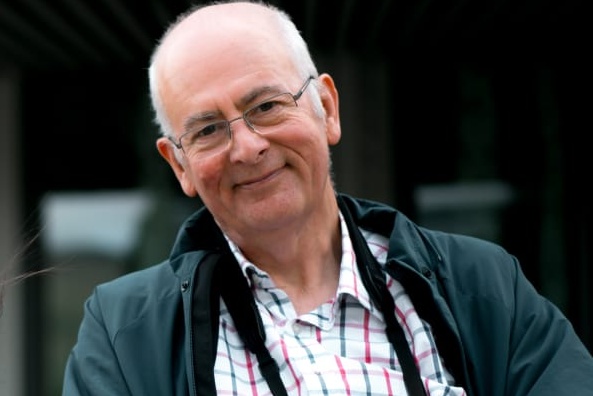
The benefits of urban green and blue areas for our mental health and well-being have become more and more evident during the current pandemic. Despite their importance, however, we don’t have enough information about how these areas should be designed. Do different types of urban green & blue spaces have a different effect on our mental health? Where should they be located; does their characteristics matter? Eklipse, through one of its Expert Working Groups, answered these questions by looking at what we currently know and how these areas can improve our mental health and well-being.
More than ever, actors at all levels are calling for changes to address current societal challenges and fulfil agreed global commitments represented by the Sustainable Development Goals (SDGs). These calls seek to reform current systems strengthening science-policy–society interfaces for more and better evidence, inclusiveness and transparency in the decision making process. At the European level, Eklipse, a former EU H2020 project that is now a self-standing mechanism under the umbrella of Alternet, shares the essential role of supporting better-informed decisions when it comes to biodiversity and ecosystem services. How does Eklipse look to ensure that? Eklipse facilitates and answers priority biodiversity questions connecting knowledge holders transparently, following a robust and proven methodological process. What do we mean by priority biodiversity questions? One such question – on the importance of urban green and blue spaces – was asked by the French Ministry of Ecological Transitions and the World Health Organization.
There is a common understanding that urban green and blue areas contribute to our mental health by reducing air pollution, reducing stress levels, increasing social interactions, among others. But how should be those spaces be designed and managed to maintain and improve their benefits? It’s not clear despite the fact that urban areas are home to half the world’s population and that space in cities is a scarce resource. A better understanding of which types and characteristics of these areas provide the most benefits for mental health and well-being is the core question answered by one Eklipse group of experts.
Through parallel systematic reviews on blue and green space, experts identified current scientific evidence by analysing a total of 134 and 24 studies eligible studies for green and blue areas, respectively. These analyses showed that all urban green spaces could improve mental health: forest, parks, grasslands and even other urban green areas such as informal green street greenery and the tree canopy. For example, there is a connection between more trees and better mental health and even further that higher biodiversity resulted in better mental health outcomes. In the case of blue areas, there is a clear positive benefit on mental health linked to the direct effect of coastal exposure. Sadly these positive associations were less clear for inland water, mainly due to the lack of studies. However, visual openness of the space and fluidity of the water are highlighted as unique and beneficial characteristics derived from qualitative studies. Overall, blue areas have an apparent positive effect in the case of affect and affective disorders.
It seems that there is a clear and straightforward positive link between specific types of green spaces and human health, but can this be put into practice? This is a bit trickier, and it’s because even if we see a clear cause-effect connection, no one type or characteristic of green space will work for everyone, everywhere and every time. Therefore, there is no magic recipe, which is why we will need variety in green spaces and blue spaces to suit different user’s needs, which may also depend on how that person is feeling that day. Factors that should also be taking into account include: life stage, gender, socio‐economic status, connectedness to nature and, at the same time, the effects of green space may depend on geographical location, season, or microclimatic aspects. These outcomes can be seen at first glance as challenging, but they open the door to communities to play a more active role in designing their green and blue areas, focusing on improving increasingly vulnerable urban communities facing increasing challenges such as urbanisation and climate change. In term of research priorities, there is a pressing need to assess and better understand actual exposure and the role of individual experiences within specific types of green and blue space in a systematic way through a larger contribution of longitudinal studies and direct comparison involving diverse users, activities, types of space, among others. These priorities are even more pressing in the case of research on blue spaces, considering that it is a relatively young research field with much less understood but with an equally significant potential for improving the mental health and well-being of people.
Authors:

Karla Locher, Resear cher at UFZ
cher at UFZ
Dr. Allan Watt, Research Fellow at UK Centre for Ecology & Hydrology
Explore the Eklipse website 'Impacts of green and blue space on mental health' here.

